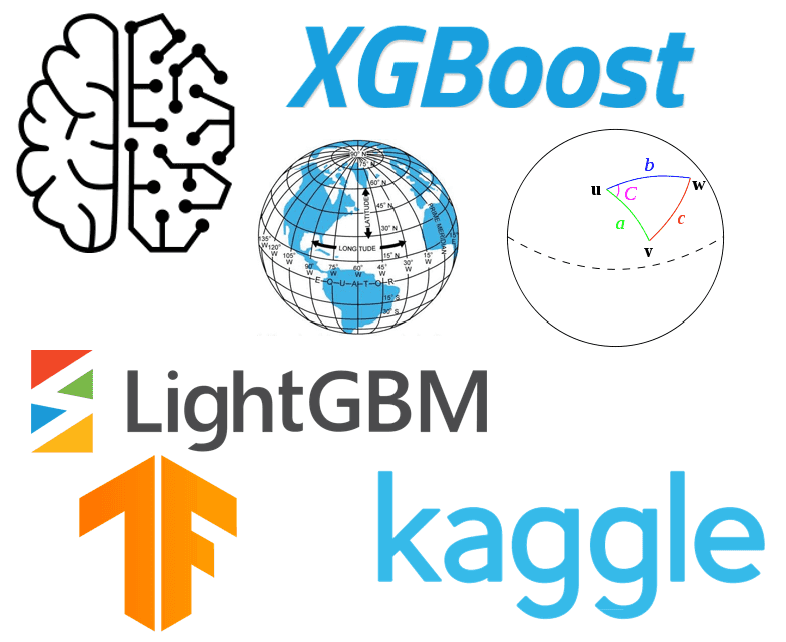Machine Learning

Machine Learning was one of the technical electives I had taken in the final semester at NTU. It dealt with basic machine learning techniques and taught concepts such as decision trees, generalisation and Bayesian networks in the first half and concepts such as SVM, random forests and dimensionality reduction in the second half.
The first half of the module was primarily based on more traditional machine learning methods that did not involve neural networks. Concepts such as decision trees were inference based and the objective of teaching us these concepts was to introduce us to the evolution of different techniques and their pros and cons instead of directly diving into the neural networks and other models. The concepts in the first half were relatively easy to understand as they were intuitive. However, I faced some difficulty with the Bayesian Belief networks since they were not as intuitive and required a lot of practice. Eventually I got better at it as the exams drew near by consistently practicing the past year paper questions repeatedly to get a hang of the approaches.
The second half of the module dealt with more advanced methods such as SVM and random forests. Though those concepts were simple enough to grasp, the later topics such as dimensionality reduction and PCA were relatively much harder, needing many late night study sessions with my friends who were equally struggling.
There was also a course project which constituted 40% of the overall grade with the remaining 60% allocated to the final exam. We were supposed to form a team of 4 members, select a project from the list of options provided and work on it starting week 4 of the semester. I made a group with three people I knew out of which one was a friend I was quite well acquainted with from the first year as we were neighbors for the whole 4 years of university. The topic we selected was the "New York Taxi Fare Prediction" Kaggle challenge as it seemed to be a relatively simple regression problem statement which we were all confident in. We divided the tasks in pairs and I worked with my friend for the tasks. This is the same friend I worked with in the NLP assignments and the ongoing Information Retrieval assignment so we were well aware of each other's work style and knew how to work together.
Looks can be deceiving, and the project was more complex than we first thought. There were not many features provided to us and a large part of our efforts went into feature engineering to improve the model performances. After performing a few basic tests on simple models such as SVM and random forests from ScikitLearn we decided we needed at least 4-5 more features to get sufficiently good performance. We referred previous students solutions, YouTube videos and other methodologies to get ideas on which features we can add as well as which model would be best suited for the purpose of the project. The features we added include Haversine Distance, Bearing Distance, Airport Distances and others. Also, we selected the XGBoost and LGBM models as they showed the best performance over the other options such as neural networks and SVMs.
The dataset we were to use had 55 million rows! This meant a lot of computing power or time would be needed to get the final results. After several attempts on Google Colab we found that loading all the data at once would not be possible. Thus we researched on several methods such as loading the data in chunks to load our data into the runtime. However, none of the methods was successful. We also lacked the time to experiment on further data loading methods since we were balancing this assignment with other modules, projects and our FYPs. Also the project deadline was the day before the final exam which we all needed to study for. Thus we decided to optimise memory usage by combining the models in series. We loaded in a random sample of 22.5 million rows to train one model, deleted the data and loaded the rest of the rows to train another model and then combined the results of the two models using a weighted average to get the final results.
We placed high on the Kaggle leaderboard and performed well in the overall statistics of the batch.
The final exam was about 17-20 hours after we finished submitting the project. It was extremely hectic to quickly wrap up the project, report and record the video presentation while revising for the exam. Although the exam was open-book, we all knew that meant the questions would never be directly from the lecture material. Watching videos on YouTube to revise the concepts while executing the codes for the project was a normal for us at the time. After submitting the project, we quickly started going through each chapter, solving the past papers and discussing the answers.
Eventually, the exam went well and I achieved an A grade for the module.
Keywords
- Bayesian Belief Networks
- Decision Trees
- SVM
- Random Forests
- Group Project Experience
- Python
- LGBM
- XGBoost
- Kaggle Competition
- A Grade